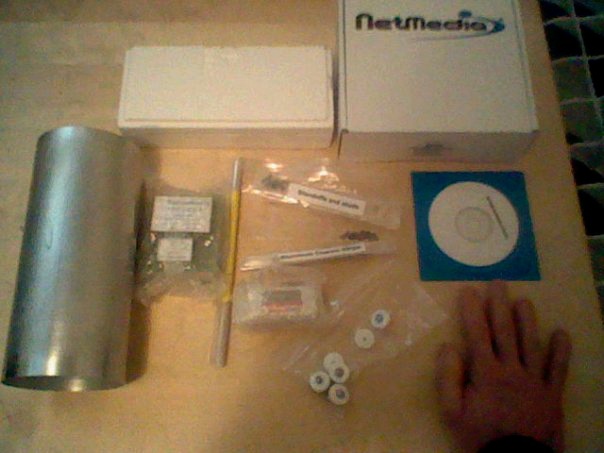Chapter 3. Chassis, Structure, and Gross Anatomy
Did you ever wonder just what a satellite is made of? The answer is… this! (See Figure 3-1).
That’s it. Figure 3-1 shows a picosatellite: nearly every piece, excluding instruments and sensors. I have to choose and build those separately. This is the housing, the solar cells and power system, the on-board computer, the little offsets and screws and fairing pieces—everything needed to get me into space.

Figure 3-1. Parts arrive in a box, looking not much like a satellite
Let’s first look at the gross anatomical considerations for a satellite. The best satellite design will be highly encapsulated, which is to say each subsystem will be independent of the others. A problem with the radio should not affect the sensors, a problem with the sensors should not scramble the CPU, and a program with the CPU should be fixable with a simple reboot.
In mainstream satellite ops, designing autonomous instruments is already the standard. You have the main platform, aka the bus, where you monitor health and safety and treat any problem as an emergency (safe hold). If the bus goes down, the entire satellite goes dark. But you want the (often multiple) instruments to be as independent of the main satellite bus as possible. This has two advantages:
- First, it isolates problems. If the bus fails, the satellite is dead either way. But if each instrument is autonomous, ...
Get DIY Satellite Platforms now with the O’Reilly learning platform.
O’Reilly members experience books, live events, courses curated by job role, and more from O’Reilly and nearly 200 top publishers.

